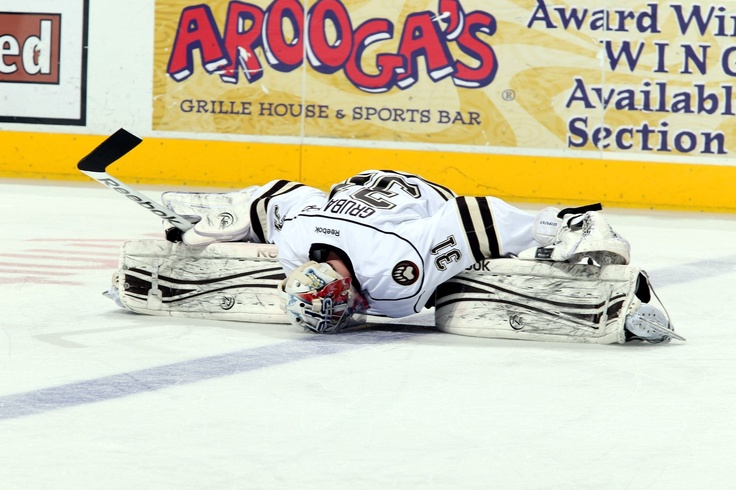 Every elite athlete knows that an effective warm-up is an important tool in preventing injury and improving performance. I would like to introduce to you the importance of a warm up, why it is important to have both a static and dynamic component to warm ups and briefly touch on today’s research.
Every elite athlete knows that an effective warm-up is an important tool in preventing injury and improving performance. I would like to introduce to you the importance of a warm up, why it is important to have both a static and dynamic component to warm ups and briefly touch on today’s research.
Why Warm up
Warm-ups are important in helping muscle, joints, the heart, and the entire nervous system have a chance to loosen up, and become primed before sport or exercise. As your heart rate increases during a warm up, your blood circulates to internal organs, muscles, tendons and joints, and of course to your brain, which gives your mental game some much added sharpness. It is important to identify sport specific movement patterns and then organize your warmup around these movements. By recognizing these movement patterns, you can then begin to create a warmup specific to your sport which can help activate and prime the joints, muscles and soft tissue involved in sport specific movement.
In private practice, I often run into many young athletes who simply skip the warm up entirely, or don’t adopt an effective routine, which can lead to unwanted injuries. Now that I have illustrated what a warm-up can provide and the specifics of tailoring it to your sport, we must understand the types of warmups there are.
The Dynamic Warm-Up and the Static Warm-Up
When we think of warm-ups, we usually default to a simple hold and stretch type of exercise, that helps loosen some muscles and make us feel good. However, there is much more to a warm-up. There are two types of warm-ups, the dynamic and static warm-up, and they should be used in tandem.
A dynamic warm-up involves actively moving your muscle and joints through cycles of repetition, thus priming movement and preparing muscles for movement in healthy ranges. A static warm-up involves keeping the muscle and joint(s) in motionless position to achieve an increase in flexibility. Let us take the example of an ice hockey goalie who needs to perform splits in a butterfly stance. This athlete’s hip motion needs to have both flexibility and power to properly get in and out of this stance. Training hip flexibility would be achieved using a static warm-up, while a dynamic warm-up can help improve power output and explosive performance of the hip muscles which are needed to achieve proper positioning. While I have illustrated merits to using both methods, it is important to include both, as dynamic warm-ups have been identified in helping reduce any deleterious effects caused by using static warm-ups in isolation. Studies have identified that using only a static warm-up can reduce power output of muscles. So using it just before sport, is not highly recommended, especially in isolation.
What does research tell us
Much of today’s research suggests that static stretching, when used alone, can lead to a reduction in peak power performance and muscle force output. Some researchers suggest that anywhere from 30-90 second hold static stretching can induce these deleterious effects. When a dynamic warm-up is added with a static stretching warm-up, we see much of these deleterious effects reduced. Some research on the use of dynamic warm-ups showed an increase in muscle temperatures, improvements in nerve conduction, an increase in muscle motor unit recruitment, and an increase in the frequency of which fast twitch muscles fire, thus improving force output of the muscle (Layec et al., 2009, Bishop, 2003). Combining a dynamic and static warm-up are both important in helping sport specific movement patterns which can help athletes recover and prevent injuries. Overall incorporating a warm-up with both static and dynamic techniques is extremely important in helping the athlete with flexibility and power output.
A warm-up should include exercises like body weighted lunges, squats, and deadlifts, 20 minutes of cycling, band work, foam rolling, stretches. A common exercises routine that I find a lot of my soccer athletes perform, is the Fifa 11. Try this out, and see if you feel a difference. If you are a follower of my blog, stay tuned to a upcoming program that I am developing with Team Shut Out goalie school.

Dr. Nourus Yacoub, DC
Medical Director and Chiropractor
Royal Chiropractic and Sports Injury Clinic
Resources:
Bishop, D. (2003) Warm up I: potential mechanisms and the effects of passive warm up on exercise performance. Sports Medicine 33, 439-454.
Layec, G., Bringard, A., Le Fur, Y., Vilmen, C., Micallef, J.P., Perrey, S., Cozzone, P.J. and Bendahan, D. (2009) Effects of a prior high-intensity knee-extension exercise on muscle recruitment and energy cost: a combined local and global investigation in humans. Experimental Physiology 94, 704-719.
Samson M, Button DC, Chaouachi A, and Behm, D. Effects of dynamic and static stretching within general and activity specific warm-up protocols. Journal of Sports Science and Medicine (2012) 11, 279-285





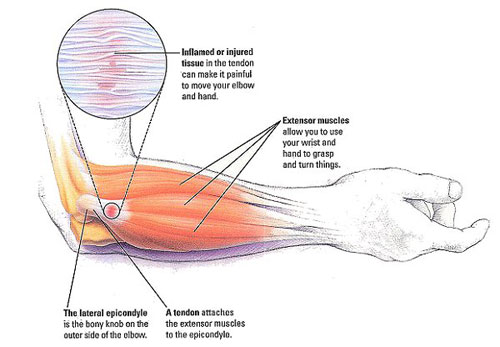


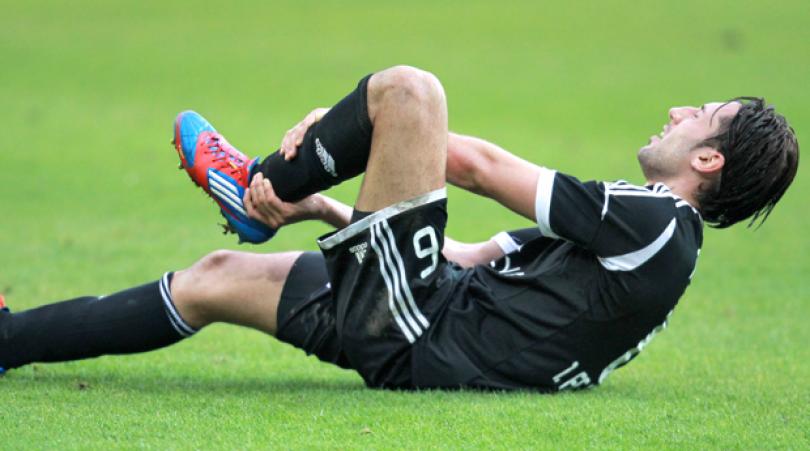

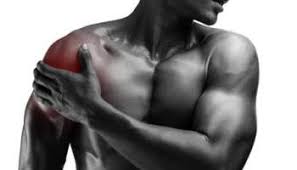
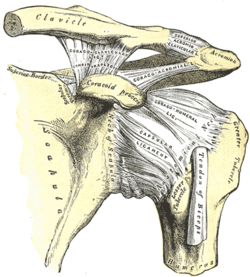 To understand the level of therapy needed to repair an AC separation, it is important to understand the anatomy and the medical classification of an AC joint separation. The AC joint is a small articular joint that links the shoulder girdle to the axial skeleton. It is made up of one small joint (AC), and both the AC ligament and the CC (coracoclavicular) ligaments which attach the shoulder girdle to the clavicle (collar bone).
To understand the level of therapy needed to repair an AC separation, it is important to understand the anatomy and the medical classification of an AC joint separation. The AC joint is a small articular joint that links the shoulder girdle to the axial skeleton. It is made up of one small joint (AC), and both the AC ligament and the CC (coracoclavicular) ligaments which attach the shoulder girdle to the clavicle (collar bone).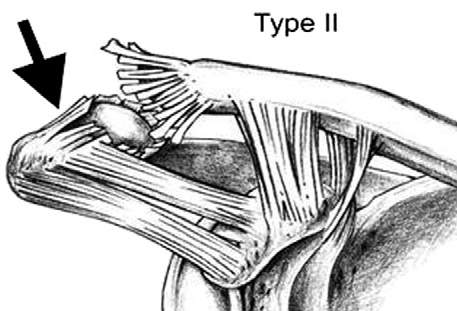 a very high degree of impact, and often require surgery consultation. Type 1 involves a sprain of the AC joint with the AC ligament and CC ligaments kept intact. Type 2 involves a subluxation of the AC joint with disruptions of the AC ligament, with a step deformity seen. Type 3 involves both the CC and AC ligaments fully disrupted and a larger step deformity is seen at the AC joint.
a very high degree of impact, and often require surgery consultation. Type 1 involves a sprain of the AC joint with the AC ligament and CC ligaments kept intact. Type 2 involves a subluxation of the AC joint with disruptions of the AC ligament, with a step deformity seen. Type 3 involves both the CC and AC ligaments fully disrupted and a larger step deformity is seen at the AC joint.

 Every elite athlete knows that an effective warm-up is an important tool in preventing injury and improving performance. I would like to introduce to you the importance of a warm up, why it is important to have both a static and dynamic component to warm ups and briefly touch on today’s research.
Every elite athlete knows that an effective warm-up is an important tool in preventing injury and improving performance. I would like to introduce to you the importance of a warm up, why it is important to have both a static and dynamic component to warm ups and briefly touch on today’s research.
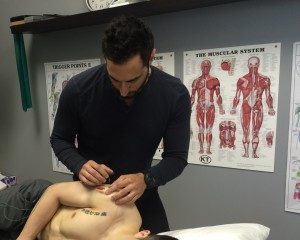 In
In 
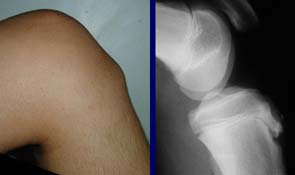

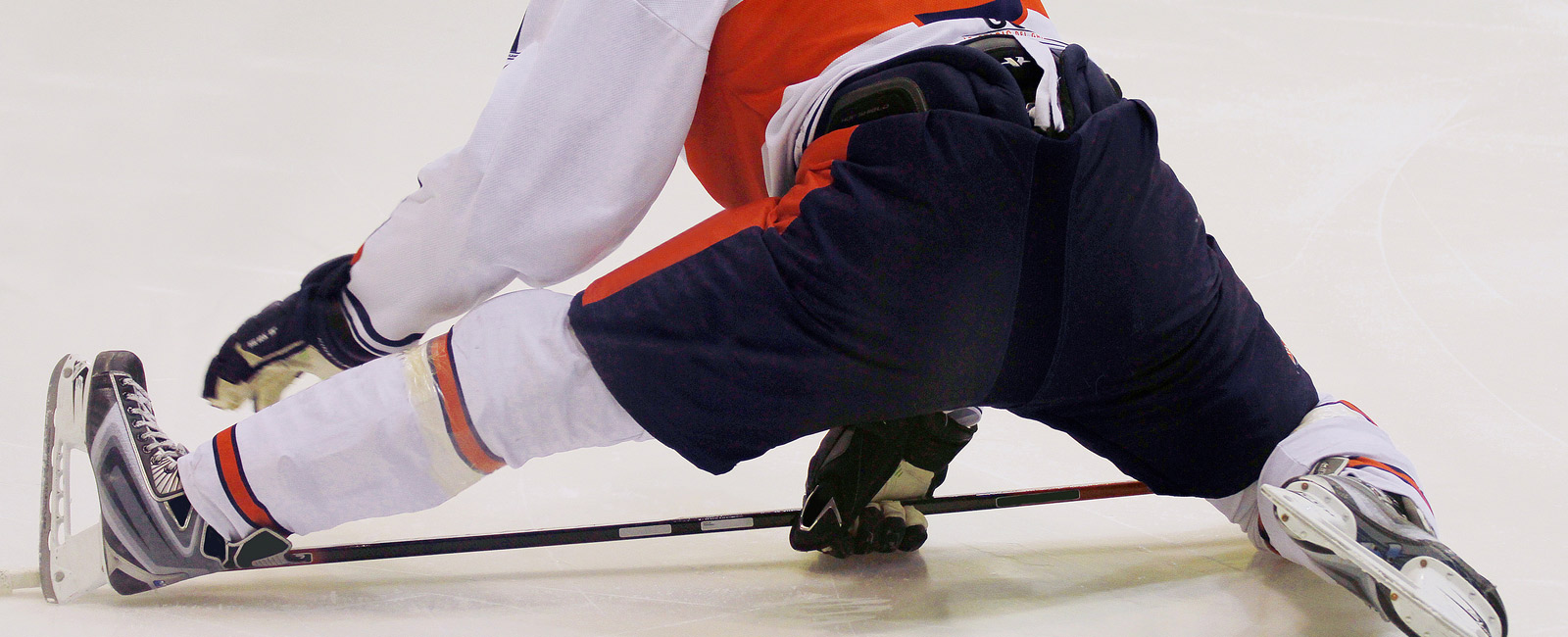 Groin injuries occur quite often in sports, and can make a challenging case to treat. Often the symptoms of pain are vague and complicated by multilayered biomechanical deficits. While many athletes are given rest as a form of treatment, this may not prove to be very effective, nor an option for elite athletes who are under pressure to perform.
Groin injuries occur quite often in sports, and can make a challenging case to treat. Often the symptoms of pain are vague and complicated by multilayered biomechanical deficits. While many athletes are given rest as a form of treatment, this may not prove to be very effective, nor an option for elite athletes who are under pressure to perform.